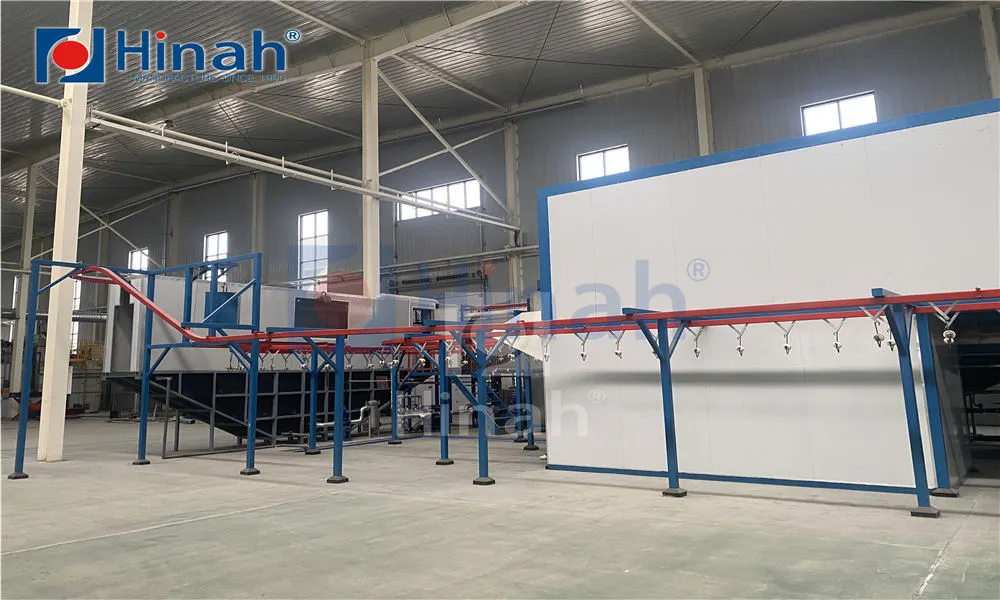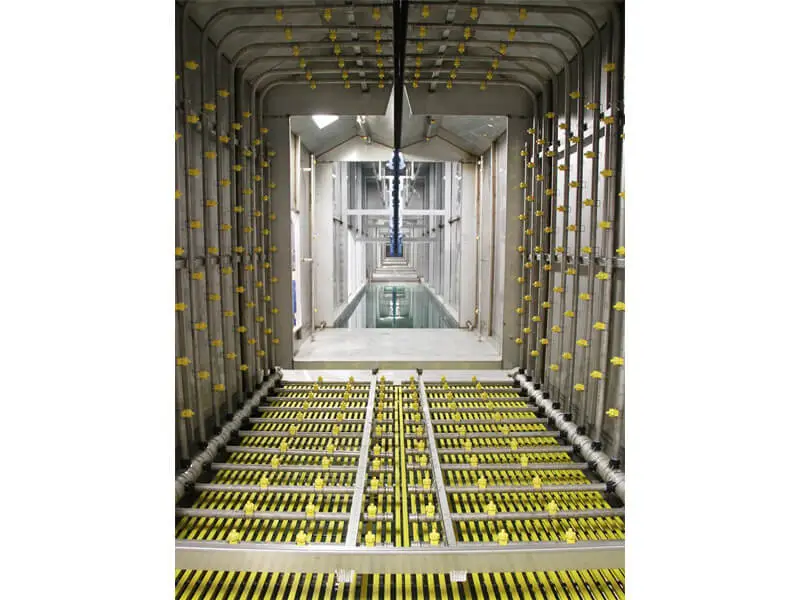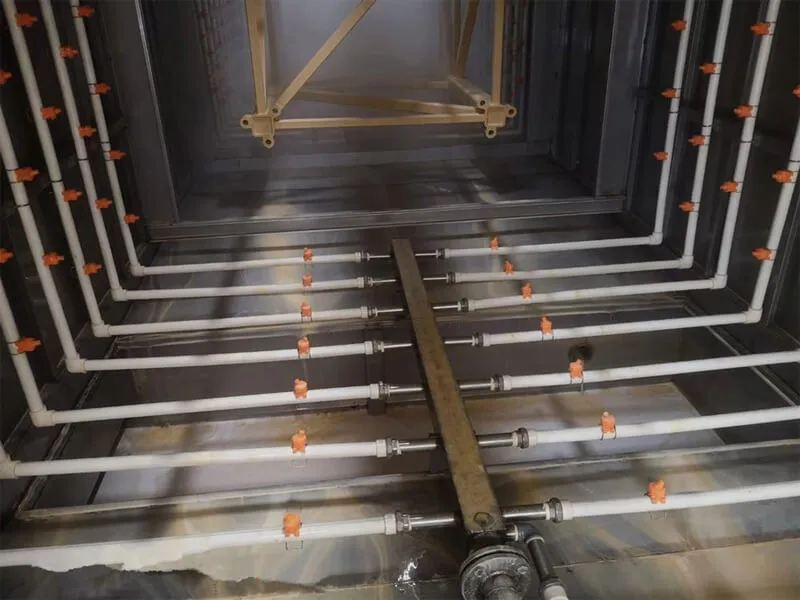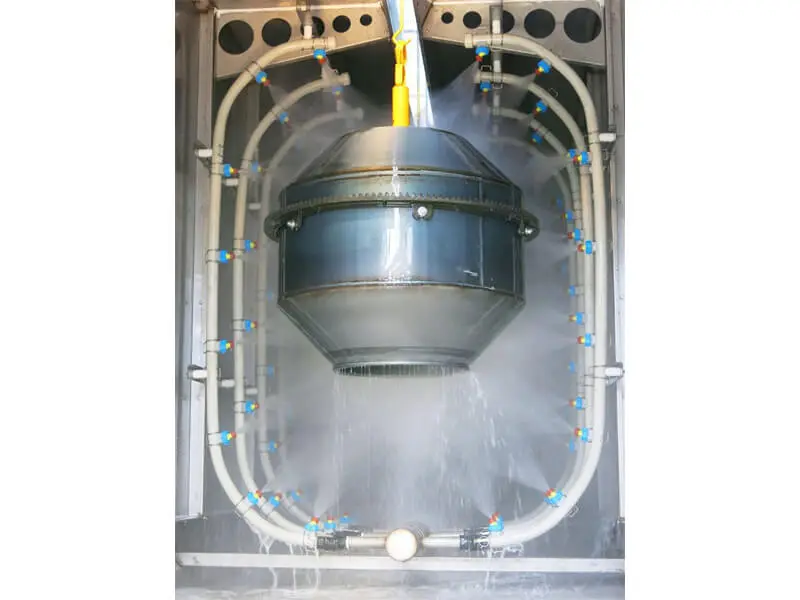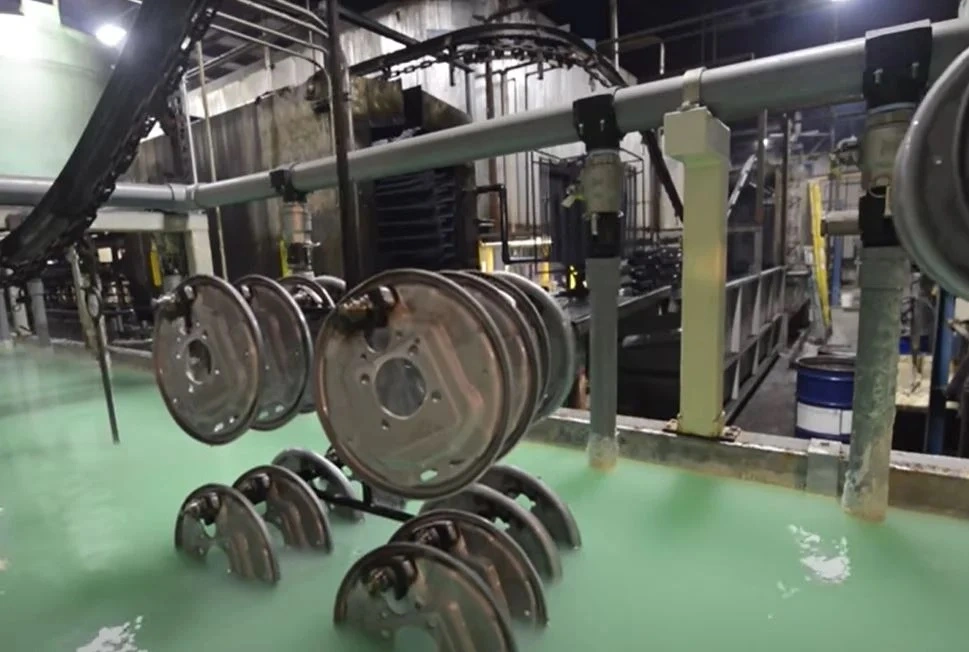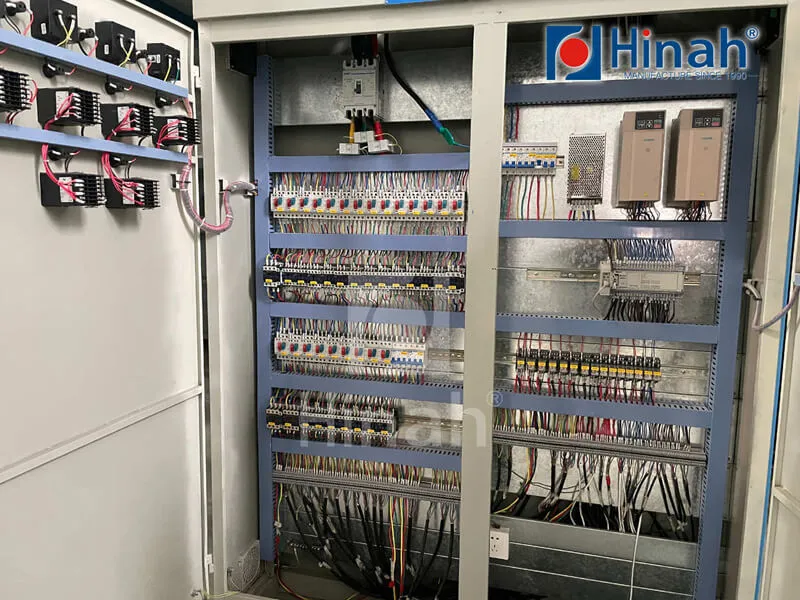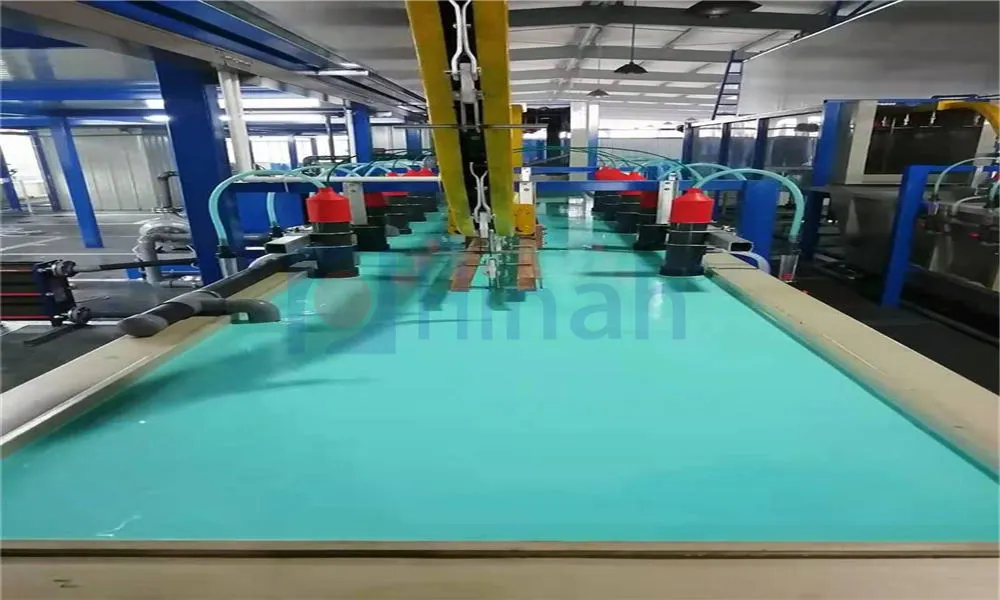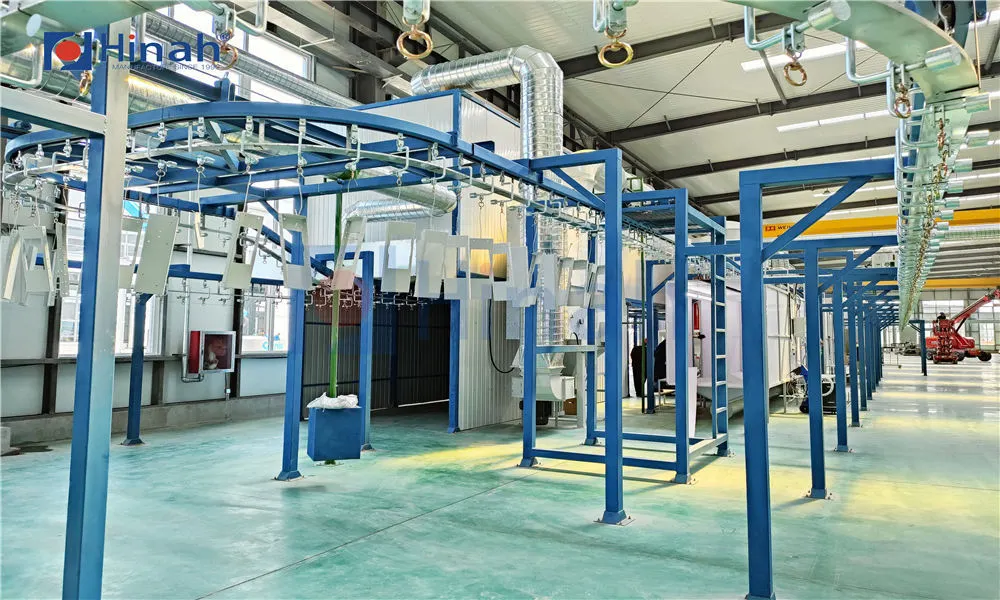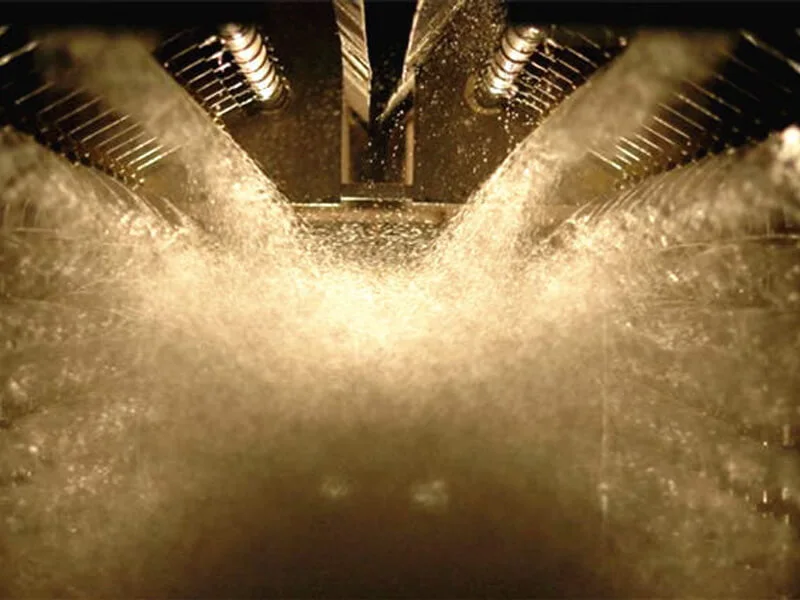Commercial powder coating equipment is a cornerstone of modern industrial finishing, offering a durable, eco-friendly, and cost-effective solution for applying protective and decorative coatings to various substrates. This technology has revolutionized manufacturing processes across industries, from automotive and aerospace to furniture and consumer goods. Unlike traditional liquid coatings, powder coating involves applying dry, electrostatically charged powder to a surface, which is then cured under heat to form a hard, uniform layer. The demand for efficient coating equipment continues to grow, driven by its ability to reduce waste, improve finish quality, and comply with environmental regulations. In this article, we explore key aspects of commercial powder coating equipment, including types of systems, manufacturing processes, cost considerations, and common challenges. Whether you're looking for commercial powder coating equipment for sale or aiming to optimize your powder coating manufacturing line, this overview provides valuable insights to inform your decisions.
The global market for powder coating systems is expanding rapidly, with advancements in automation and sustainability shaping future trends. By understanding the fundamentals, businesses can enhance their operations, reduce downtime, and achieve superior results. We'll delve into specifics like the plastic powder coating process, factors affecting powder coating machine cost, and practical tips for troubleshooting common issues. This comprehensive approach ensures you have the knowledge to select, operate, and maintain equipment effectively, ultimately boosting productivity and profitability.
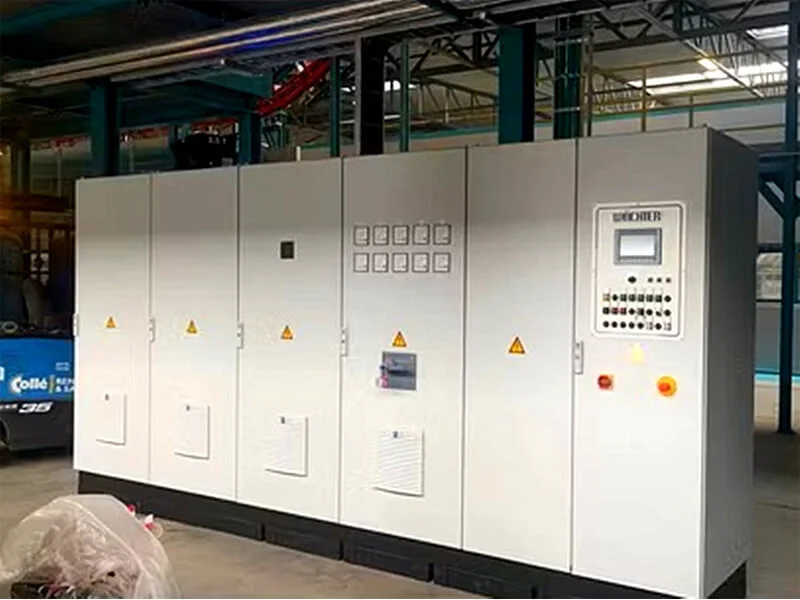
Commercial powder coating equipment refers to industrial-grade machinery designed for applying dry powder coatings to metal, plastic, and other materials on a large scale. This equipment typically includes spray guns, booths, ovens, pre-treatment systems, and recovery units, all integrated into a cohesive powder coating systems setup. The process begins with surface preparation, where substrates are cleaned and treated to ensure adhesion. Next, the powder is applied using electrostatic spray guns, which charge the particles, causing them to adhere to the grounded object. Finally, the coated item is cured in an oven, melting the powder into a smooth, durable finish.
This type of coating equipment is essential for high-volume production environments, such as automotive assembly lines or appliance manufacturing, where consistency and efficiency are critical. Key benefits include reduced volatile organic compound (VOC) emissions, minimal material waste (with up to 99% powder reclaimability), and enhanced durability against corrosion, chemicals, and UV exposure. As industries prioritize sustainability, powder coating manufacturing has become a preferred method over solvent-based alternatives. When considering commercial powder coating equipment for sale, it's important to evaluate factors like throughput capacity, automation level, and compatibility with various powders to meet specific application needs.
Types of Powder Coating Systems
Powder coating systems vary widely based on application requirements, scale, and technology. Understanding these types helps in selecting the right commercial powder coating equipment for your operations. Here are the main categories:
Manual vs. Automated Systems: Manual systems involve operators using handheld spray guns, ideal for custom jobs or low-volume production. In contrast, automated systems incorporate robots or conveyorized setups for high-speed, consistent application. Automated powder coating systems are common in large-scale powder coating manufacturing, reducing labor costs and human error while increasing output.
Electrostatic Spray Systems: This is the most common type, where powder is charged electrostatically and attracted to the workpiece. It includes corona and triboelectric guns, each suited for different geometries and powder types. These systems are integral to commercial powder coating equipment, offering versatility for complex shapes.
Fluidized Bed Systems: Used for thicker coatings, this method involves dipping preheated parts into a fluidized powder bed. It's less common but effective for applications requiring extreme durability, such as pipeline coatings.
UV-Curable Powder Systems: These systems use ultraviolet light for curing instead of heat, enabling faster processing and lower energy consumption. They're gaining traction in temperature-sensitive applications, like the plastic powder coating process.
Compact and Modular Systems: Designed for smaller facilities or startups, these systems offer flexibility and scalability. They often include integrated booths and ovens, making them a cost-effective option when evaluating powder coating machine cost.
Each system type impacts overall efficiency, finish quality, and operational expenses. For instance, automated powder coating systems may have a higher upfront powder coating machine cost but yield long-term savings through reduced waste and increased throughput. When browsing commercial powder coating equipment for sale, assess your production volume, part size, and environmental conditions to choose the best fit.
The Powder Coating Manufacturing Process
The powder coating manufacturing process involves several stages, each critical to achieving a flawless finish. This overview highlights how commercial powder coating equipment facilitates each step, ensuring optimal performance and consistency.
Surface Preparation: Before application, substrates must be thoroughly cleaned and pre-treated to remove contaminants like oil, rust, or debris. This typically involves chemical pre-treatment stages such as degreasing, rinsing, phosphating, and drying. Proper preparation is vital for adhesion and corrosion resistance, and it's a key component of integrated powder coating systems.
Powder Application: Using electrostatic spray guns, the powder is applied evenly to the prepared surface. The guns charge the powder particles, which adhere to the grounded workpiece. This step relies on precise coating equipment to control powder flow, voltage, and spray pattern. For complex items, multi-axis robots may be used to ensure uniform coverage.
Curing: The coated parts are transferred to a curing oven, where heat (typically between 300°F and 400°F) melts the powder, causing it to flow and cross-link into a continuous film. Curing time and temperature depend on the powder formulation and substrate. In powder coating manufacturing, this stage determines the finish's hardness, gloss, and durability.
Cooling and Inspection: After curing, parts are cooled and inspected for defects like orange peel, pinholes, or uneven coverage. Quality control is essential to maintain standards, and modern commercial powder coating equipment often includes automated inspection systems.
This process is adaptable to various materials, including metals and plastics. For example, the plastic powder coating process requires lower curing temperatures and specialized powders to prevent substrate deformation. Overall, efficient powder coating systems streamline these stages, minimizing downtime and maximizing output. When investing in commercial powder coating equipment for sale, consider how each component—from pre-treatment to curing—aligns with your production goals.
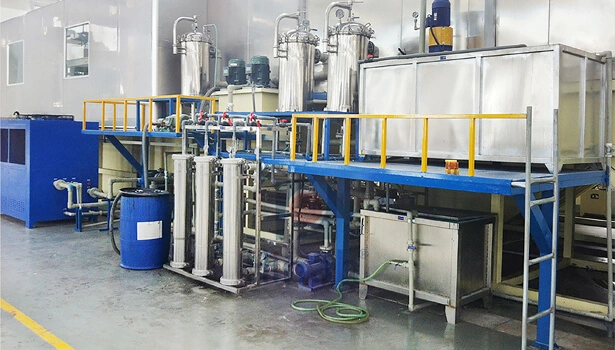
Factors Influencing Powder Coating Machine Cost
The powder coating machine cost can vary significantly based on multiple factors, making it crucial for buyers to conduct a thorough analysis before purchasing commercial powder coating equipment. Understanding these elements helps in budgeting and avoiding unexpected expenses.
System Type and Automation Level: Manual systems are generally cheaper, with prices ranging from $5,000 to $20,000, while fully automated powder coating systems can cost $50,000 to $500,000 or more. Automation reduces labor costs but increases initial investment.
Capacity and Size: Larger systems designed for high-volume production, such as those used in automotive powder coating manufacturing, command higher prices due to their robust components and larger footprints. Booth size, oven dimensions, and conveyor speed all influence cost.
Technology and Features: Advanced features like infrared curing, powder recovery systems, and digital controls add to the powder coating machine cost. For instance, UV-curable systems might cost 20-30% more than conventional ovens but offer energy savings.
Material Compatibility: Equipment tailored for specific applications, such as the plastic powder coating process, may require specialized guns or cooling mechanisms, increasing expenses. Similarly, systems handling corrosive powders need durable materials like stainless steel.
Brand and Support: Reputable brands often charge premium prices but provide better warranty, training, and spare parts availability. When searching for commercial powder coating equipment for sale, factor in long-term maintenance costs.
Installation and Utilities: Site preparation, electrical upgrades, and ventilation systems can add 10-20% to the total cost. Energy-efficient models might have higher upfront costs but lower operational expenses over time.
On average, a mid-range commercial powder coating equipment setup costs between $30,000 and $100,000. To justify the investment, calculate the return on investment (ROI) based on reduced material waste, higher throughput, and improved finish quality. Consulting with suppliers and comparing multiple quotes for commercial powder coating equipment for sale can help secure a cost-effective solution.
The Plastic Powder Coating Process Explained
The plastic powder coating process is a specialized application of powder coating systems designed for thermoplastic or thermoset substrates. Unlike metals, plastics require careful handling to avoid heat damage, making this process unique and increasingly popular in industries like electronics, automotive interiors, and consumer goods.
Substrate Selection and Preparation: Plastics must be heat-stable and conductive enough for electrostatic application. Common materials include ABS, polycarbonate, and nylon. Surface preparation involves cleaning and, in some cases, applying a conductive primer to enhance powder adhesion.
Low-Temperature Curing: To prevent melting or warping, the plastic powder coating process uses lower curing temperatures—typically between 250°F and 350°F—and shorter cycle times. Specialized powders with flexible formulations are used to ensure compatibility.
Application Techniques: Electrostatic spray guns with adjustable voltage settings are employed to apply powder evenly. Some systems incorporate cool plasma or UV curing for sensitive plastics, which are features to look for in commercial powder coating equipment tailored for plastics.
Benefits and Challenges: This process offers excellent aesthetics, chemical resistance, and durability. However, it can be prone to issues like poor adhesion or bubbling if not properly controlled. Integrating the right coating equipment is essential; for example, infrared ovens provide precise temperature control.
As demand for coated plastic components grows, many suppliers offer commercial powder coating equipment for sale with modules specifically for plastics. When implementing this process, consider factors like powder formulation, part geometry, and environmental conditions to achieve optimal results. This approach not only enhances product appeal but also extends lifespan, making it a valuable addition to powder coating manufacturing lines.
Common Problems in Powder Coating and How to Solve Them
Even with advanced commercial powder coating equipment, operators may encounter issues that affect finish quality and efficiency. Here, we discuss common problems in powder coating systems and practical solutions to mitigate them.
Poor Adhesion: This occurs when the powder doesn't stick properly, leading to peeling or flaking. Causes include inadequate surface preparation, contamination, or incorrect voltage settings. Solution: Ensure thorough cleaning and pre-treatment; calibrate electrostatic guns regularly. In powder coating manufacturing, using high-quality pre-treatment chemicals can prevent this.
Orange Peel Texture: A rough, uneven finish resembling orange peel is often due to improper curing or powder application. Solution: Adjust oven temperature and time; optimize gun settings for even spray. Monitoring the plastic powder coating process closely is crucial, as plastics are more susceptible to this issue.
Pinholes and Bubbles: These defects result from trapped moisture, air, or contaminants during curing. Solution: Improve substrate drying; use degassing powders; maintain clean coating equipment. Regular maintenance of booths and recovery systems is key.
Over-spray and Waste: Excessive powder usage increases costs and environmental impact. Solution: Implement powder recovery systems; train operators on efficient techniques. When selecting commercial powder coating equipment for sale, look for models with high transfer efficiency.
Color Inconsistency: Variations in shade can arise from uneven curing, powder contamination, or old materials. Solution: Standardize curing parameters; store powders in controlled conditions; use automated color-changing systems in powder coating systems.
Equipment Failures: Common in older commercial powder coating equipment, issues like gun clogging or oven malfunctions can halt production. Solution: Schedule preventive maintenance; keep spare parts on hand; invest in reliable brands.
By addressing these problems proactively, businesses can minimize downtime and maintain high-quality outputs. Training staff on troubleshooting and investing in modern commercial powder coating equipment with diagnostic features can further enhance reliability. If you're considering commercial powder coating equipment for sale, prioritize models known for durability and ease of maintenance.
Where to Find Commercial Powder Coating Equipment for Sale
Finding reliable commercial powder coating equipment for sale requires careful research to ensure you get a system that meets your production needs and budget. Here are some avenues to explore, along with tips for making an informed purchase.
Direct Manufacturers and Distributors: Companies like Nordson, Gema, and Wagner are leading suppliers of powder coating systems. Buying directly often provides access to latest technologies, customization options, and warranty support. Visit their websites or attend industry trade shows to view demonstrations.
Online Marketplaces and Auctions: Platforms like eBay, Alibaba, and Industrial Auctions list used and new coating equipment. This can be cost-effective, but verify the equipment's condition and seller reputation. For instance, searching "commercial powder coating equipment for sale" online yields numerous options, but always request inspection reports.
Leasing and Financing Options: If upfront powder coating machine cost is a barrier, consider leasing or financing through equipment suppliers. This allows businesses to upgrade to automated powder coating systems without large capital outlays.
Local Dealers and Service Providers: Regional dealers often offer personalized service, installation, and training. They can help tailor systems for specific applications, such as the plastic powder coating process.
Used Equipment Suppliers: For startups or budget-conscious buyers, used commercial powder coating equipment can be a viable option. Inspect for wear and tear, and ensure compatibility with your powder coating manufacturing requirements.
When evaluating commercial powder coating equipment for sale, consider factors like after-sales support, spare parts availability, and energy efficiency. Request quotes from multiple sources, and calculate the total cost of ownership, including installation, utilities, and maintenance. Reading customer reviews and seeking referrals can also guide your decision. Ultimately, investing in the right equipment enhances your powder coating systems' performance, driving long-term success.
Commercial powder coating equipment plays a pivotal role in modern industrial finishing, offering durability, efficiency, and environmental benefits. From understanding the basics of powder coating systems to navigating the powder coating machine cost and specialized processes like the plastic powder coating process, this article has covered essential aspects to help buyers and manufacturers make informed decisions. The key to success lies in selecting the right commercial powder coating equipment for sale, maintaining it properly, and addressing common problems proactively.
As technology evolves, trends such as automation, IoT integration, and sustainable powders will shape the future of powder coating manufacturing. By staying informed and investing in quality coating equipment, businesses can achieve superior finishes, reduce operational costs, and stay competitive. Whether you're upgrading an existing line or starting anew, use these insights to optimize your powder coating operations and drive growth.


